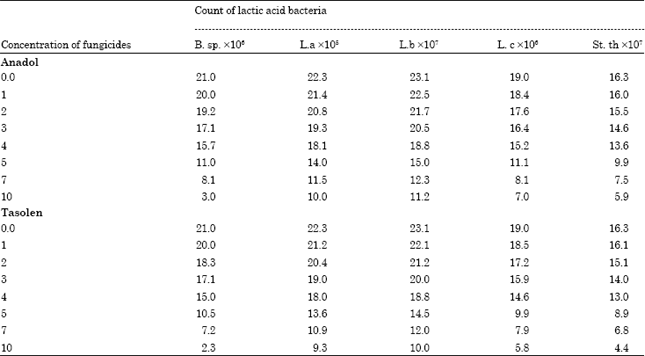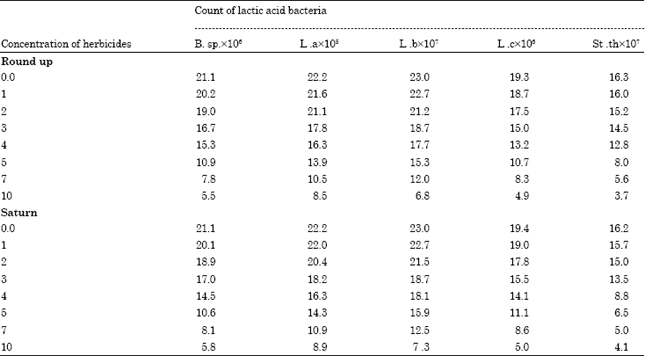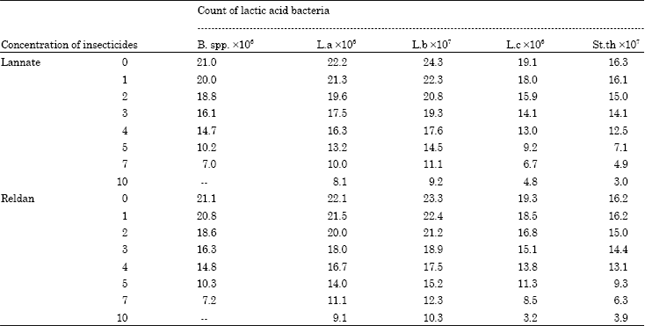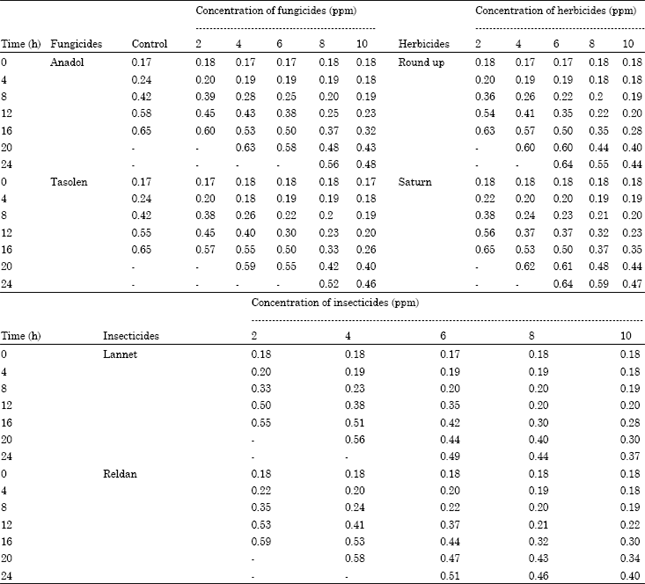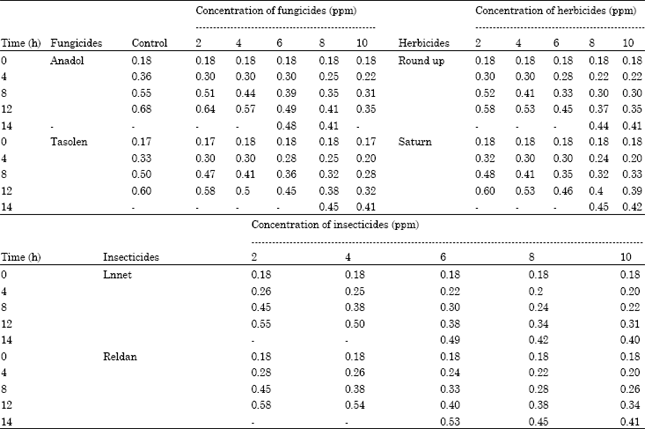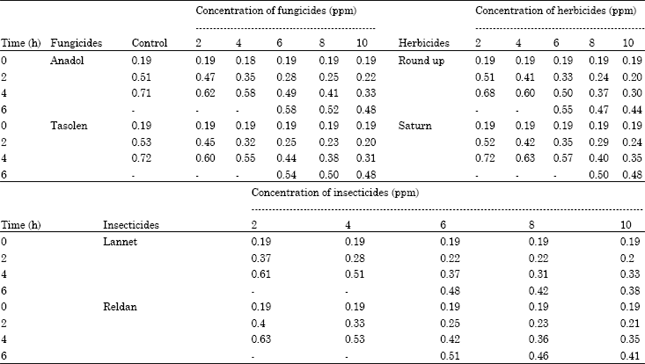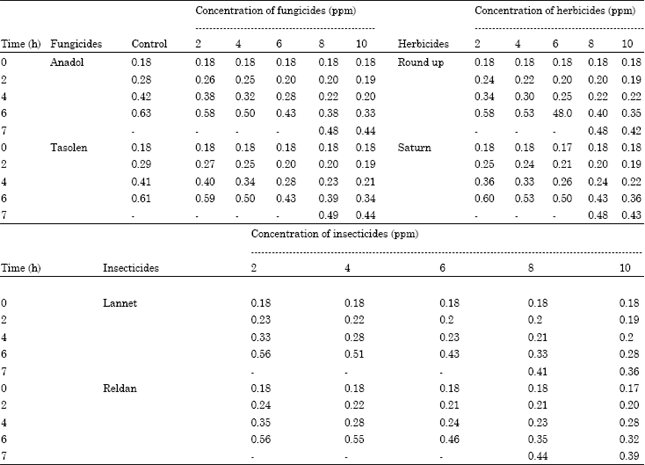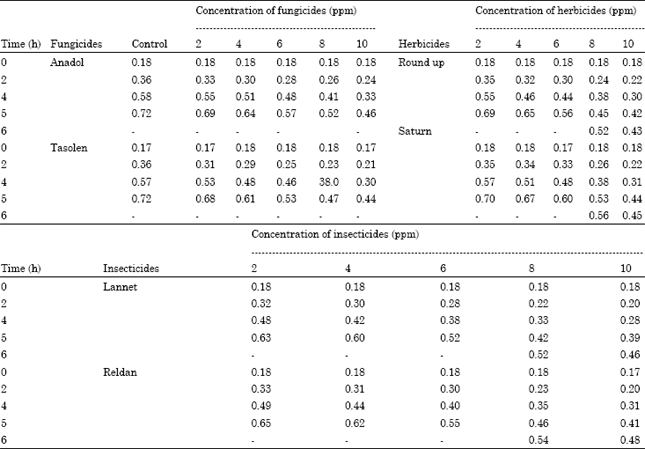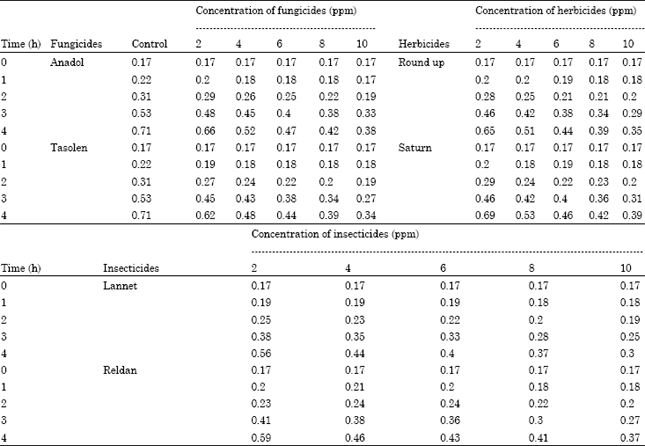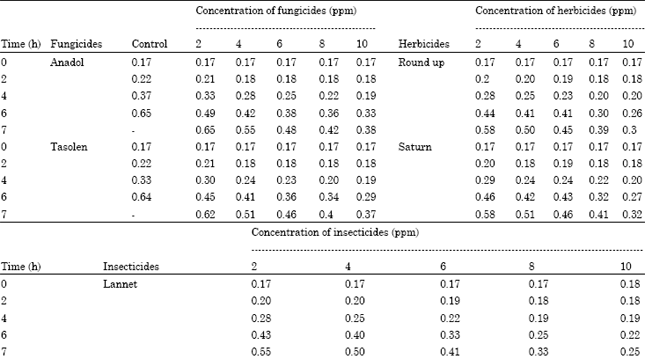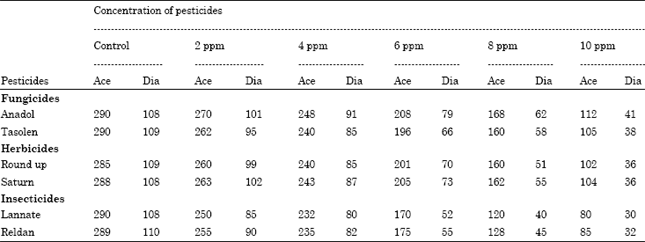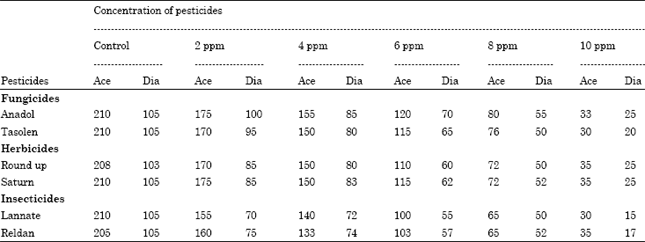Research Article
Behavior of Certain Lactic Acid Bacteria in the Presence of Pesticides Residues
Department of Dairy Research, Food Technology Research Institute, Agricultural Research Center, Giza, Egypt
A.A. Gamal El Deen
Department of Dairy Research, Food Technology Research Institute, Agricultural Research Center, Giza, Egypt
M.A. El-Metwally
Department of Mycological Research and Plant Diseases Survey, Plant Pathology Research Institute, Agricultural Research Center, Giza, Egypt









